Echinocactus Grusonii – Golden Barrel Cactus live plant
₹299.00
Out of stock
Email when stock available
Echinocactus Grusonii Distribution: Rio Moctezuma Valley, Queretaro Central Mexico
Echinocactus Grusonii Habitat: The intense overcollection in its native habitat has led this plant becoming endangered in the wild, for this reason E. grusonii were the focus of an intensive rescue effort. In fact the Rio Moctezuma Valley, the native habitat of this cactus, was scheduled to be flooded after the construction of a major dam. A Mexican botanical garden hurried to remove these and other rare plants prior to the dam’s construction. Despite the fact that few plant remain in the wild today, their off-site conservation has allowed for extensive propagation by nurseries, and the golden barrel cactus is now one of the most common cacti in cultivation.
Note: Older specimens take on an oblong shape with age. They also tend to lean to the south or southwest so that the spines can better protect the body of the plant from the harsh desert sun. In fact, desert travellers can use the plant as a compass.
E. grusonii is a wonderful popular plant for adding texture, colour and shape to landscapes, it gives a huge dose of impact. The striking round shape and the dramatic golden bright-yellow spines that absolutely light up in daylight, especially when backlit are unique. It is an eye catcher without equal. Unlike many plants, the “golden barrels” get more and more beautiful as they grow. As old specimens they can be truly majestic. They are best planted close together among large rocks or boulders.
How to Grow E. grusonii from seeds.
E. grusonii will produce hundreds of fruits each season. Several months after the flower dies off and the pods are ripen it is possible to collect them from under the dried flower. The pods will come off with a slight twist, leaving the wool on the cactus. Use a knife to slice down one side of the pod to expose the seed and scrape them out. The seeds are mahogany or reddish amber and tiny. Then place the seeds in some water to soak overnight. Fill germination trays with a well blended mixture of 60% peat moss40% vermiculite and one to one part of coarse sand or pumice. Use a horse syringe to suck the small seeds and some of the water into the syringe. With the syringe, distribute the seeds evenly in the germination tray, shaking the syringe so the seeds don’t settle at the bottom and all come out at once. Some growers also recommend to cold-stratify seeds in a refrigerator for a year prior to sow them. But can also be used dry seeds too. Place then the trays in filtered sun, cover with a glass sheet and keep the soil moist until the seeds germinate in approximately 2 to 6 weeks. They will look like small spheres, red in colour not green. Then gradually remove the glass cover. When the small cacti start to sprout tiny spines, use a pair of tweezers to transfer them from the propagation trays into 5 cm pots filled with the same soil mix used in the germination trays. Allow the small cacti to grow for about one/two year and then move the cacti to 10 cm pots and allow them to grow further.
Be the first to review “Echinocactus Grusonii – Golden Barrel Cactus live plant” Cancel reply
You must be logged in to post a review.



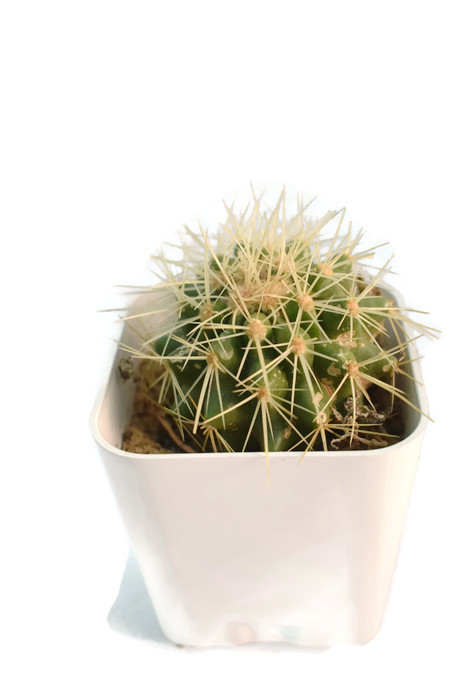
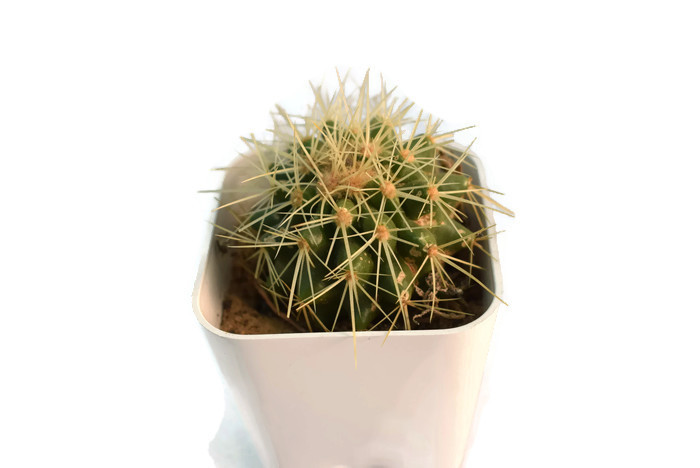

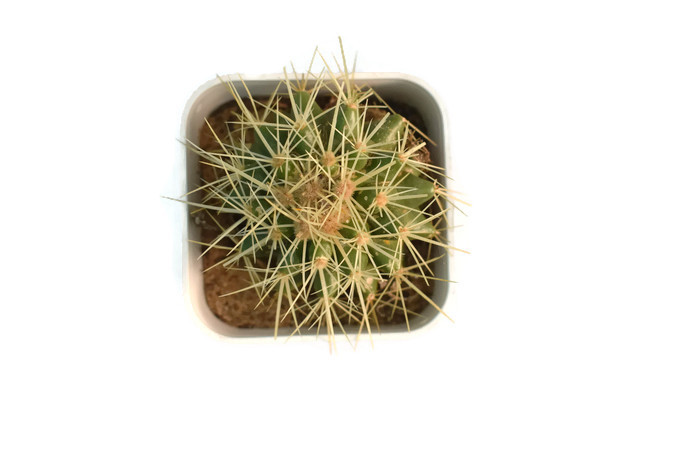
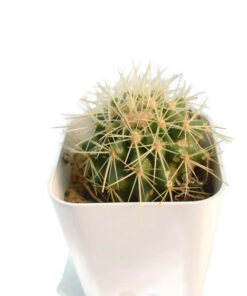



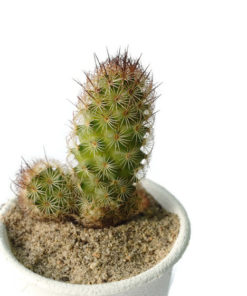

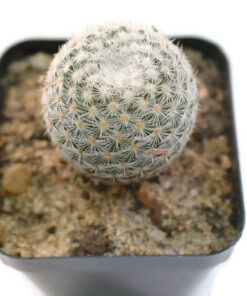

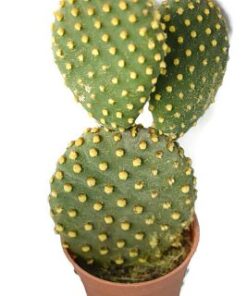
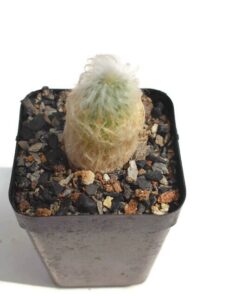

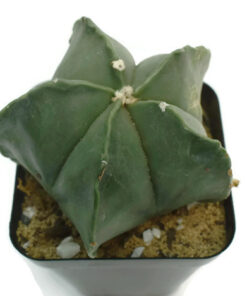

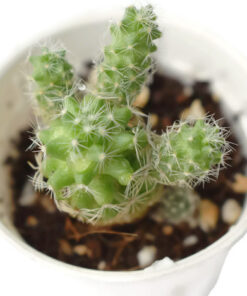

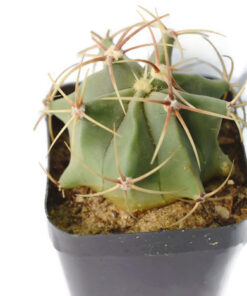

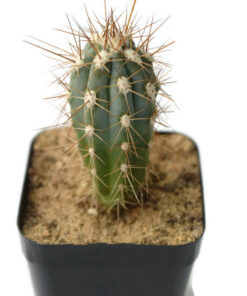

Reviews
There are no reviews yet.